Electric aircraft represent significant innovation in aviation technology. By definition, they are aircraft powered by electric motors. Electricity is supplied by various methods such as batteries, solar cells, ground power cables, hydrogen fuel cells, or power beaming. The genesis of electric flight can be traced back to the early 19th century when pioneers began experimenting with electrically powered airships. Today, the advancements in technology have reignited the interest in electric aviation as a viable solution to many challenges the industry faces.
Table of Contents
Types of Electric Aircraft
The electric aviation industry has developed various types of aircraft, each with unique attributes and capabilities.
All-Electric Aircraft

An all-electric aircraft uses batteries to store electricity that powers its electric motors. Batteries are a critical part of this aircraft type; therefore, significant research is dedicated to improving their energy density, charge rate, safety, and longevity. The Electro by Pipistrel and the RX1E by Liaoning Ruixiang are examples of all-electric aircraft currently available.
Hybrid-Electric Aircraft

Hybrid-electric aircraft represent a compromise between conventional and all-electric aircraft. They use both a combustion engine and an electric motor to generate power, similar to a hybrid car. The primary goal is to capitalize on the advantages of both technologies while minimizing their weaknesses. Examples of hybrid-electric aircraft under development include the E-Fan X by Airbus and the Ampaire 337.
Solar-Powered Aircraft
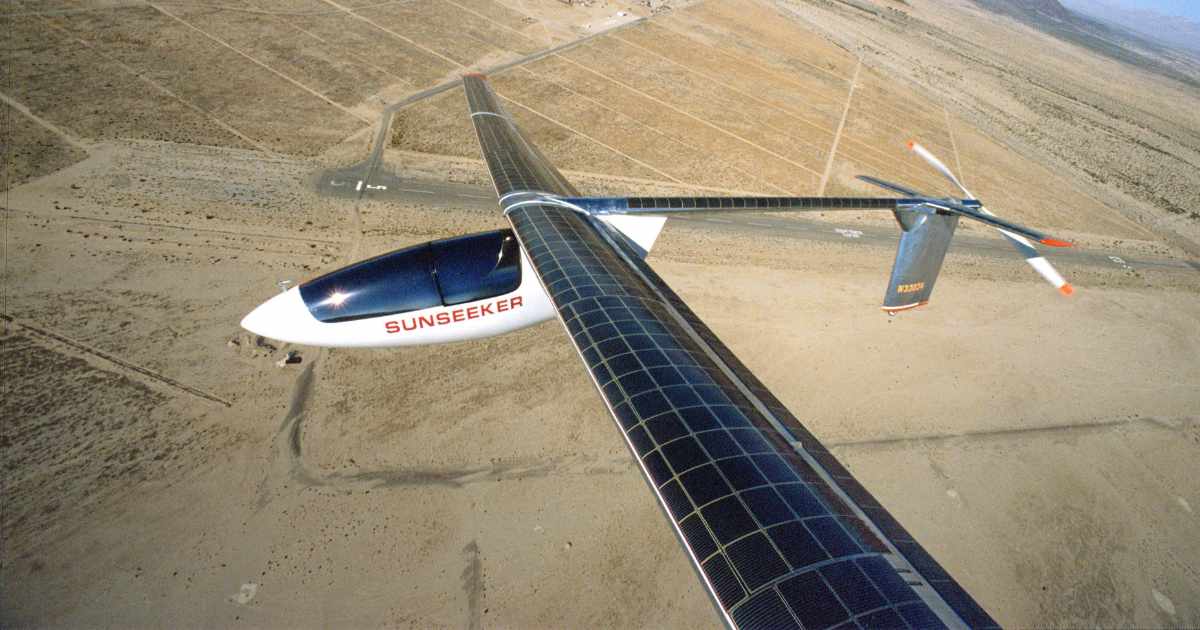
Solar-powered aircraft use solar panels to convert sunlight into electricity, which powers the motors. These aircraft have demonstrated incredible endurance feats. For instance, the Solar Impulse 2 completed a round-the-world flight, proving the feasibility of solar power for long-duration flights.
Benefits and Advantages of Electric Aircraft
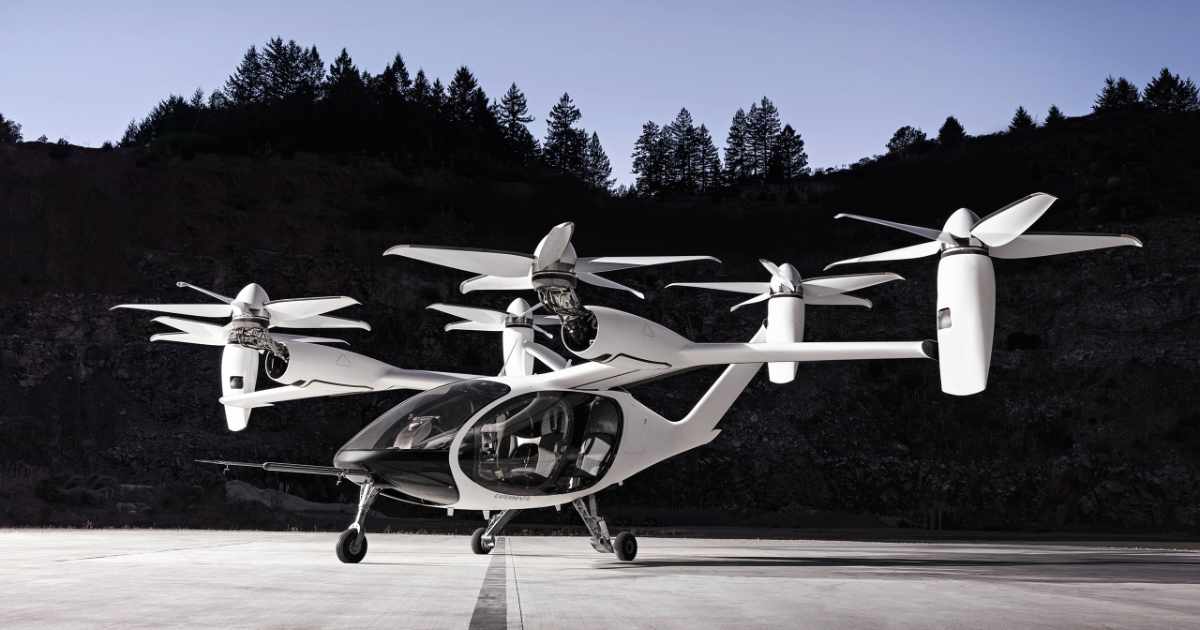
The advantages of electric aircraft are numerous. Electric motors are inherently more efficient than combustion engines. They convert a higher percentage of input energy into useful work, leading to lower energy costs.
Additionally, electric aircraft produce significantly less noise than their conventionally powered counterparts. This reduction in noise pollution opens possibilities for nighttime flights and operations closer to urban areas.
Furthermore, electric aircraft, particularly all-electric models, have potentially lower operating costs. With fewer moving parts, maintenance can be simpler and less frequent.
Environmental Impact of Electric Aircraft

One of the driving factors behind the development of electric aircraft is their potential to reduce aviation’s environmental impact. Electric aircraft emit no exhaust pollutants, significantly reducing their carbon footprint compared to conventional aircraft. However, the total environmental impact also involves considering battery production and disposal, which presents its own environmental challenges.
Key Players in Electric Aircraft Manufacturing
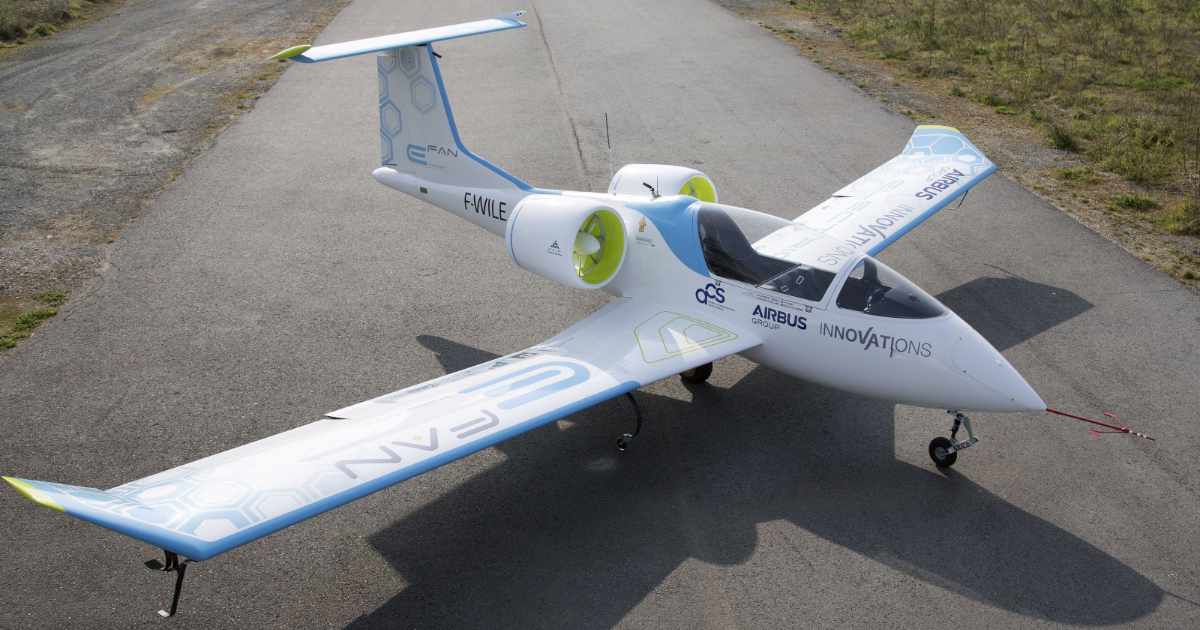
Several major aviation companies and startups have entered the electric aviation market.
Airbus
Airbus has been a frontrunner in electric aviation with initiatives such as the E-Fan, a two-seater electric aircraft, and the E-Fan X project, which aims to develop a hybrid-electric airliner.
Boeing
Boeing has also shown interest in electric flight, collaborating with startup Zunum Aero to develop a regional electric air network. Boeing’s NeXt division is also researching electric vertical takeoff and landing (eVTOL) vehicles.
Pipistrel
Slovenian manufacturer Pipistrel has made strides in the electric aircraft market. Their two-seater trainer, the Electro, is already in operation around the world.
Eviation
Eviation, an Israeli startup, is developing Alice, a nine-passenger all-electric regional airliner. Alice is expected to disrupt the regional air travel market by offering a zero-emission alternative with lower operating costs.
Technical Challenges and Limitations
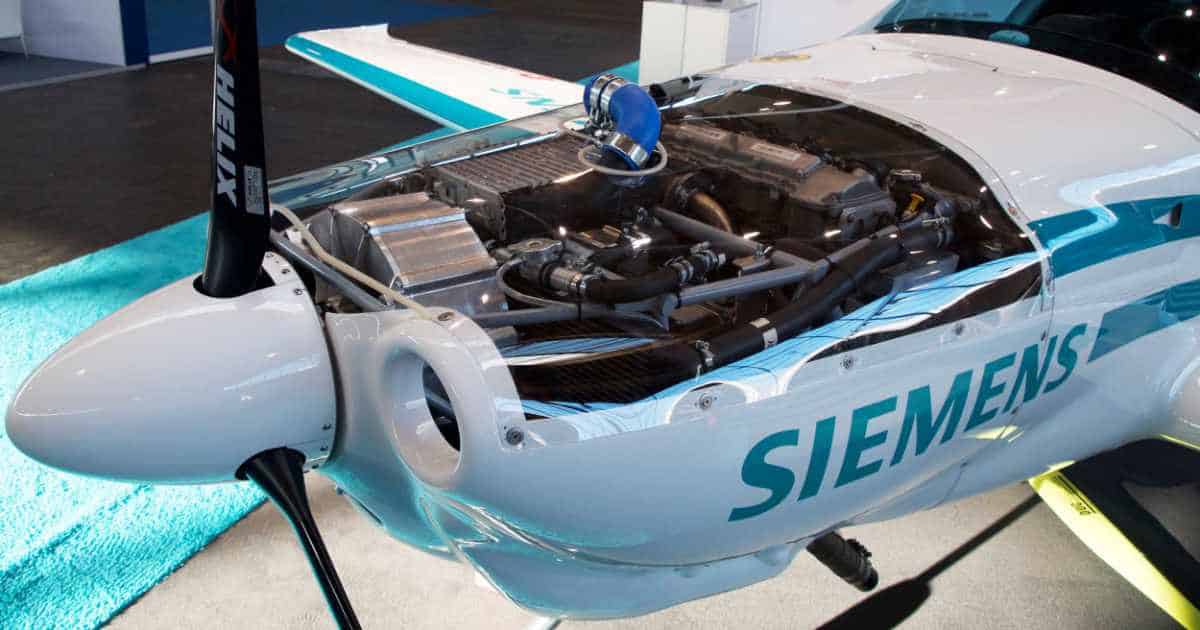
Despite the potential of electric aircraft, several challenges need to be addressed. Current battery technology remains the most significant constraint, with limitations in energy density, weight, and charging speed. Range and payload capacities of electric aircraft are also currently limited compared to conventional aircraft.
The lack of recharging infrastructure is another challenge for the electric aviation industry. While progress is being made, the availability of fast-charging stations is far from ubiquitous. Regulatory hurdles also exist as aviation authorities grapple with defining safety standards for these new technologies.
Infrastructure for Electric Aircraft
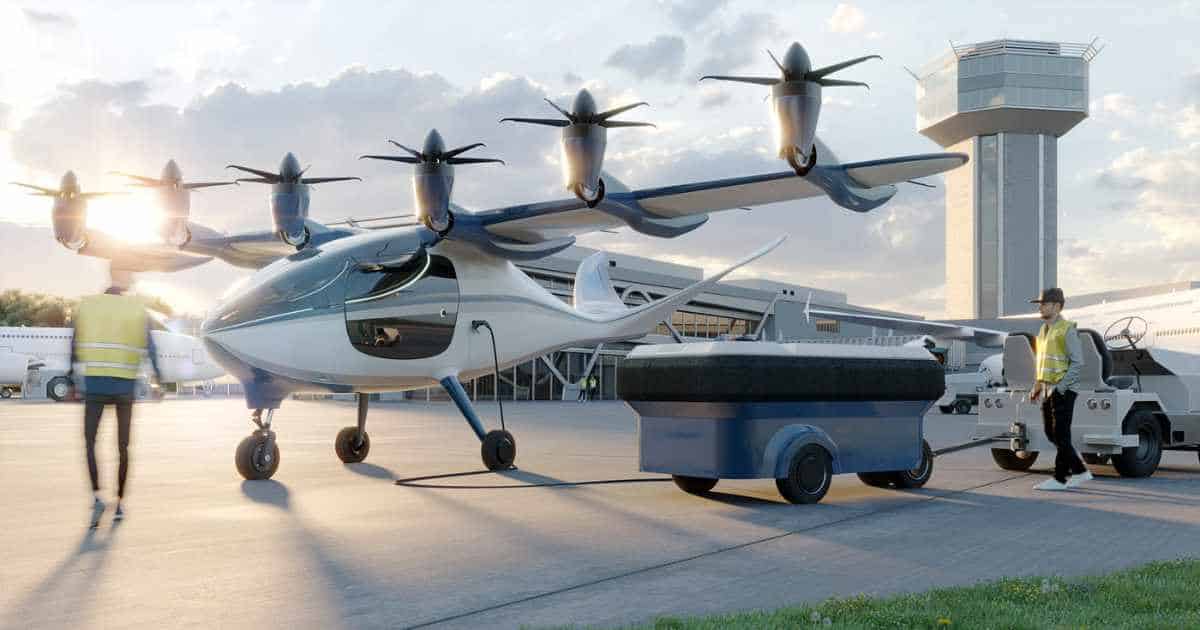
Adopting electric aviation on a larger scale requires significant infrastructure development. Electric charging stations at airports will need to be ubiquitous, fast, and reliable. Furthermore, maintenance facilities will need to adapt to the specific needs of electric aircraft, requiring new training for technicians and new procedures for handling and replacing batteries.
Future of Electric Aviation

The future of electric aviation looks promising. Technological developments, including improvements in battery technology and electric motor efficiency, will continue to push the boundaries of what is possible.
Industry forecasts suggest that electric aviation is set to grow significantly over the next decade. From small drones to regional airliners, a wide range of electric aircraft could transform air travel, making it quieter, cleaner, and more accessible.
Case Studies of Electric Aircraft
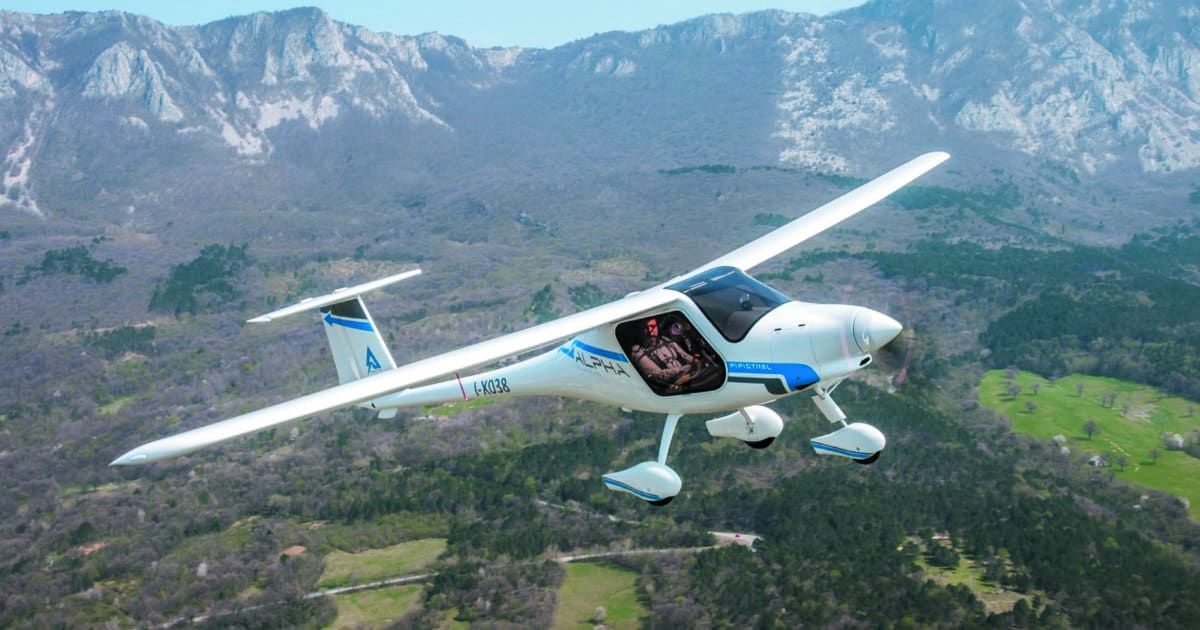
Electric aircraft currently in operation provide insight into the real-world performance and possibilities of this technology.
The Pipistrel Electro, an all-electric two-seater trainer, has a range of approximately 100 miles and a flight time of around an hour. The Electro is currently used for pilot training around the world.
The Solar Impulse 2, a solar-powered aircraft, completed a round-the-world flight in 2016, demonstrating the potential for solar power in aviation. The flight took over a year, with several stops, showcasing the potential and limitations of current solar-powered flight.
Safety Measures and Regulations
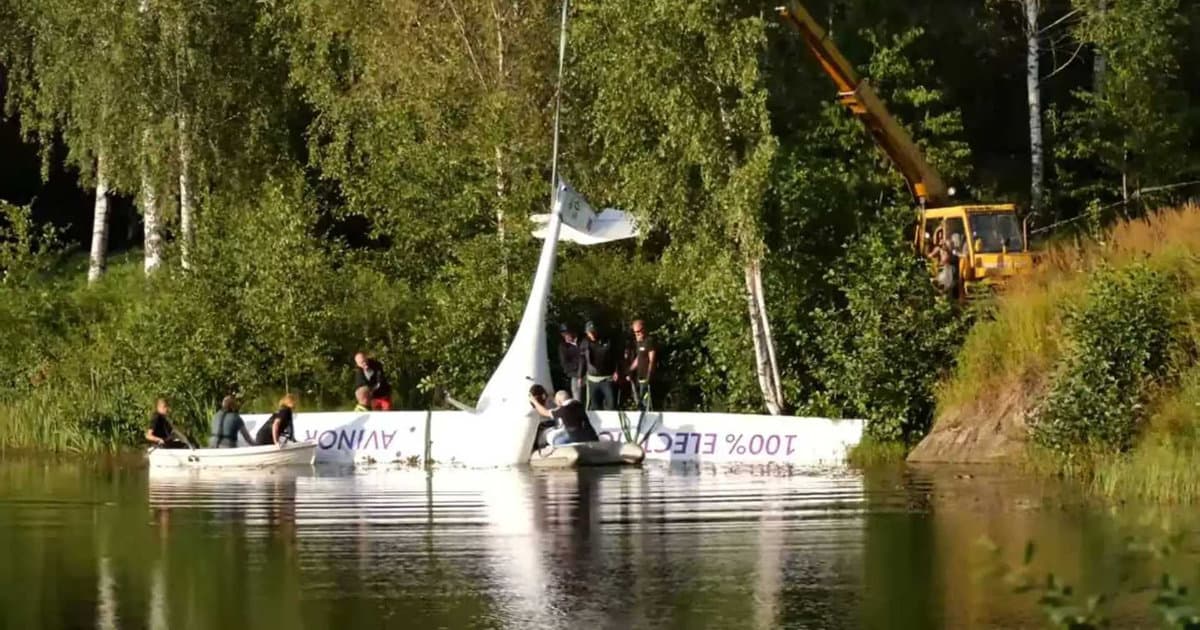
Safety is a paramount consideration in aviation, and electric aircraft are no exception. Unique safety considerations for electric aircraft include battery handling and containment, electrical safety, and emergency procedures in the event of system failures.
Regulatory oversight for electric aviation is evolving. Aviation authorities like the FAA and EASA are actively working on certifying electric aircraft and setting safety standards for these new technologies. Despite the challenges, the future of electric aviation looks promising. With continued technological advancements and growing awareness of the environmental impacts of traditional aviation, electric aircraft could revolutionize the industry in the decades to come.
Frequently Asked Questions About Electric Aircraft
Electric aircraft operate by using electric motors for propulsion. The electricity needed to power these motors is typically stored in onboard batteries, similar to an electric car. In some designs, solar panels or fuel cells are used to generate the necessary electricity. The key element in electric aircraft is energy efficiency: electric motors convert a high percentage of electrical energy into propulsion with minimal waste.
Electric aircraft offer several advantages over traditional fuel-powered aircraft. First, electric motors are more efficient than combustion engines, potentially leading to lower energy costs. Second, they emit significantly less noise, which could reduce noise pollution around airports and enable flights at times and places where noise restrictions limit conventional air traffic. Finally, electric aircraft produce zero exhaust emissions, making them a more environmentally friendly option.
everal manufacturers have entered the electric aviation market, including traditional aviation giants and newer startups. Airbus and Boeing, for example, have both launched initiatives to explore electric and hybrid-electric aircraft technologies. Meanwhile, smaller companies like Pipistrel and Eviation have made significant strides in electric aviation. Pipistrel has developed the Electro, an all-electric trainer aircraft, while Eviation is working on Alice, an all-electric regional airliner.
While electric aviation promises numerous benefits, it also faces significant challenges. Current battery technology is a limiting factor, as batteries still can’t match the energy density of aviation fuel. This impacts the range and payload capacity of electric aircraft. In addition, building the necessary infrastructure, like charging stations at airports, represents a major hurdle. There are also regulatory challenges, as aviation authorities must develop new safety and certification standards for these innovative technologies.
Electric Aircraft In The News
Alef Flying Car Receives FAA Approval For Limited Flight Operations
Joby Aviation Granted Permit for Flight, Launches First Aircraft
Wisk Aero and Japan Airlines Launch Autonomous Everyday Flights in Japan
MIT Megawatt High-Power Motor Advances Electric Aviation
Sources
Airbus E-Fan X: Website
Joby Aviation: Website
Lilium: Website
Pipstrel: Website
Wright Electric: Website




